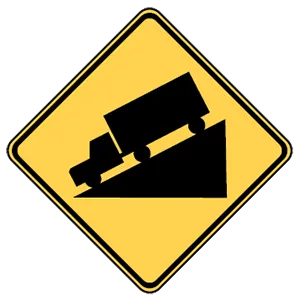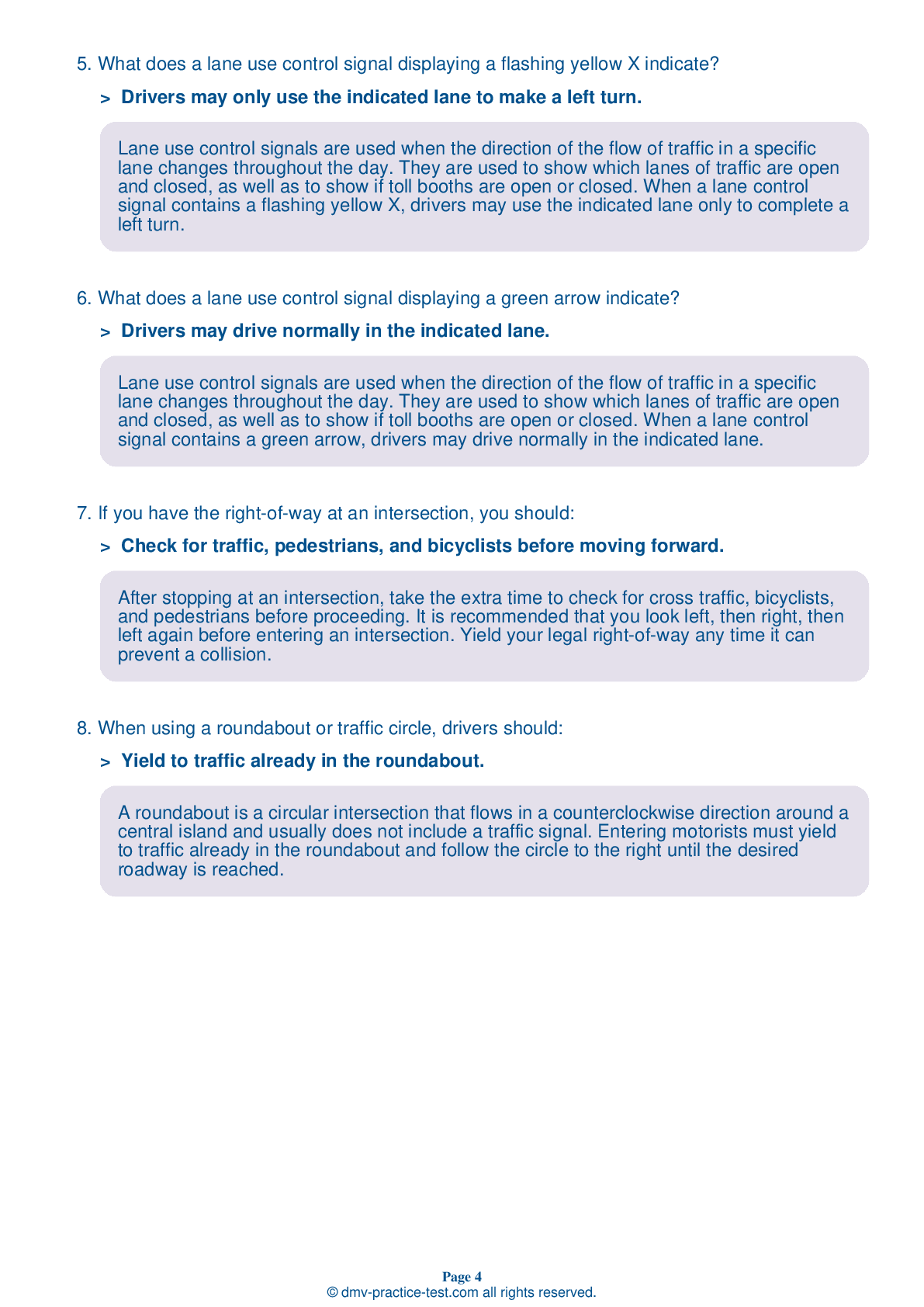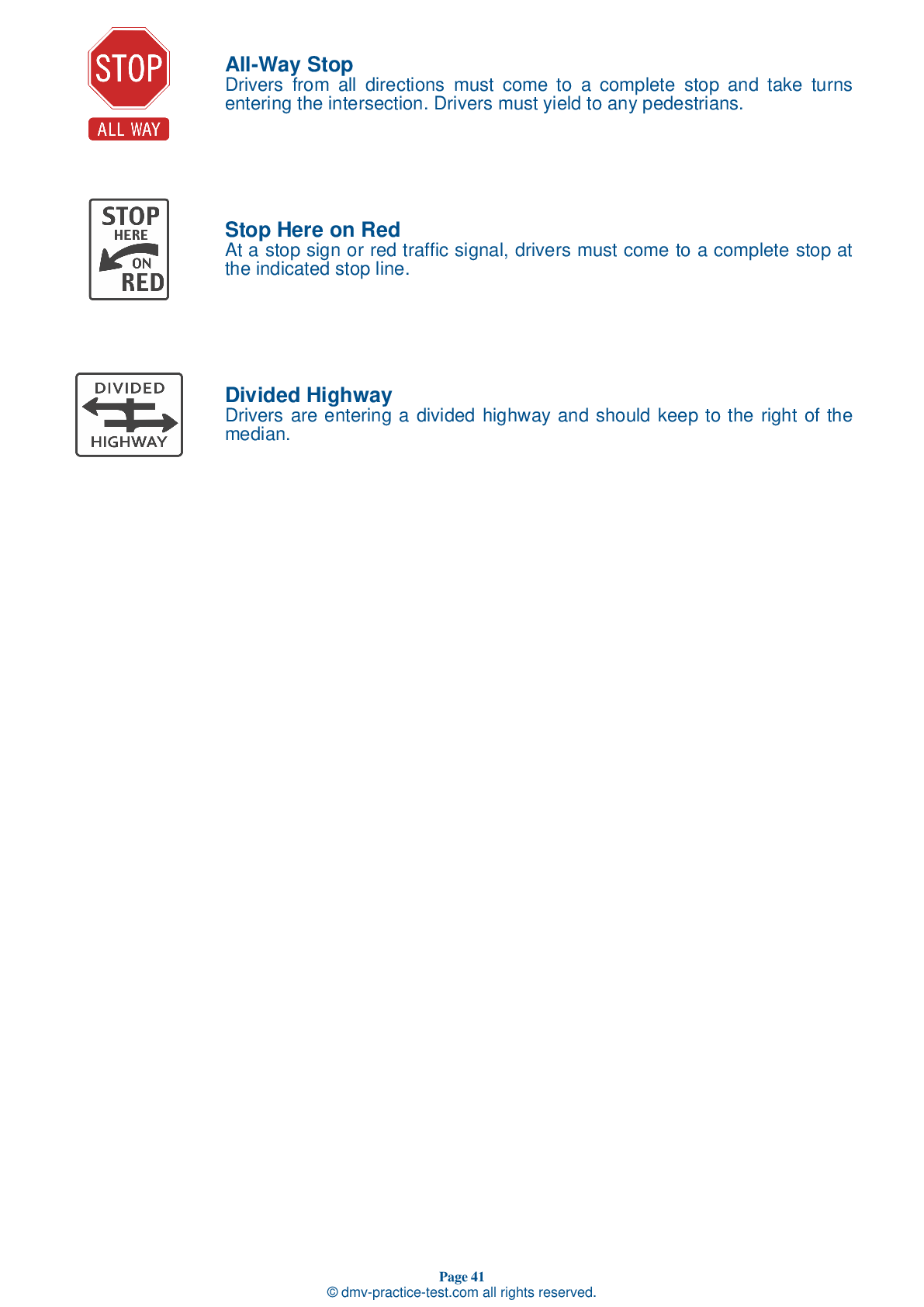FREE Maine DMV Practice Test #13 Page 7 of 7
For January 2026, Maine's DMV practise exams have been updated. It includes questions based on the most important traffic signals and legislation for 2026 from the Maine Driver Handbook. To study for the DMV driving permit test and driver's licence exam, use actual questions that are very similar (often identical!) to the DMV driving permit test and driver's licence exam.
Each question on the practise exam has a tip and explanation to help you recall the ideas. Questions about traffic rules, traffic signs, and driving statutes, as well as knowledge from the Driver Handbook, will be included in the written portion of the official Maine DMV test.
You must properly answer 50 of the 60 questions to receive a passing mark. To help you prepare for your Maine instruction permit or driver's licence, take our DMV practise test.
The DMV exam is offered in a variety of languages.
Using any form of testing help will result in an automatic fail, and the DMV may take further action against your driver's licence, so avoid it.
51 . What does this road sign mean?

A stop sign means that you must come to a full stop and yield the right-of-way to vehicles and pedestrians in or heading toward the intersection. Go again when it is safe.
52 . Night driving can be more difficult than driving during the day because:
At night, your field of vision is reduced. To make sure you are able to react to hazards on the roadway, always use appropriate headlights. Drive slowly enough that you are able to stop within the distance that you can see ahead.
53 . What does a lane use control signal displaying a green arrow indicate?
Lane use control signals are used when the direction of the flow of traffic in a specific lane changes throughout the day. They are used to show which lanes of traffic are open and closed, as well as to show if toll booths are open or closed. When a lane control signal contains a green arrow, drivers may drive normally in the indicated lane.
54 . Which of the following best ensures your safety and the safety of those around you when you are backing your vehicle?
Backing requires extra caution because it is difficult for drivers to see behind their vehicles. Before entering a vehicle to back up, walk to the back of the vehicle to check for children and small objects.
55 . If there are two railroad tracks next to each other:
If there are two railroad tracks next to each other, watch for a second approaching train after one train passes. Do not begin to cross the tracks until you’re sure no train is approaching from either direction on either track.
56 . A pedestrian starts to cross the street after the "Don't Walk" signal begins to flash. The pedestrian is in the middle of the street when your signal light changes to green. You should:
At a green light, you must give the right-of-way to any vehicle, bicyclist, or pedestrian in the intersection. If a pedestrian begins crossing the street after the traffic signal light starts flashing, wait until they have crossed the street before proceeding.
57 . Drivers may pass on a two-lane roadway marked with a single solid yellow line on their side of the centerline.
When there is a solid and a broken yellow line separating two lanes of traffic moving in opposite directions, a driver may pass only when the broken yellow line is nearest to the driver’s lane.
58 . If two vehicles arrive to an uncontrolled intersection at the same time:
If two vehicles arrive at the same time to an uncontrolled intersection, the driver on the left must yield to the driver on the right. The driver on the left may then proceed when it is safe to do so.
59 . To improve visibility lowered by rain or fog, drivers should use their:
Low beam headlights should be used when driving in rainy or foggy weather. Even if they do little to help you see, low beams will make it easier for others to see you.
60 . This road sign means:

Warning signs provide notice to road users of a situation that might not be readily apparent and are usually yellow with black markings. This sign warns drivers of an upcoming steep hill. Drivers should adjust their speed accordingly to avoid collisions and brake damage.
Need Car Insurance? No problem!
Compare the best rates in Maine and find a personalized policy that meets your needs.
1. Are You Currently insured ?
2. Married ?
3. Do you own your Home?
4. Do you have more than 1 car ?
5. Have you or a Family Member Honorably Served in U.S. Military ?
6. Your Name
7. Age
8. Zip code
IMPORTANT REMINDER:Auto Insurance is Mandatory to drive in Maine. Get covered before you hit the road to avoid any fines.
Ranked by best match



